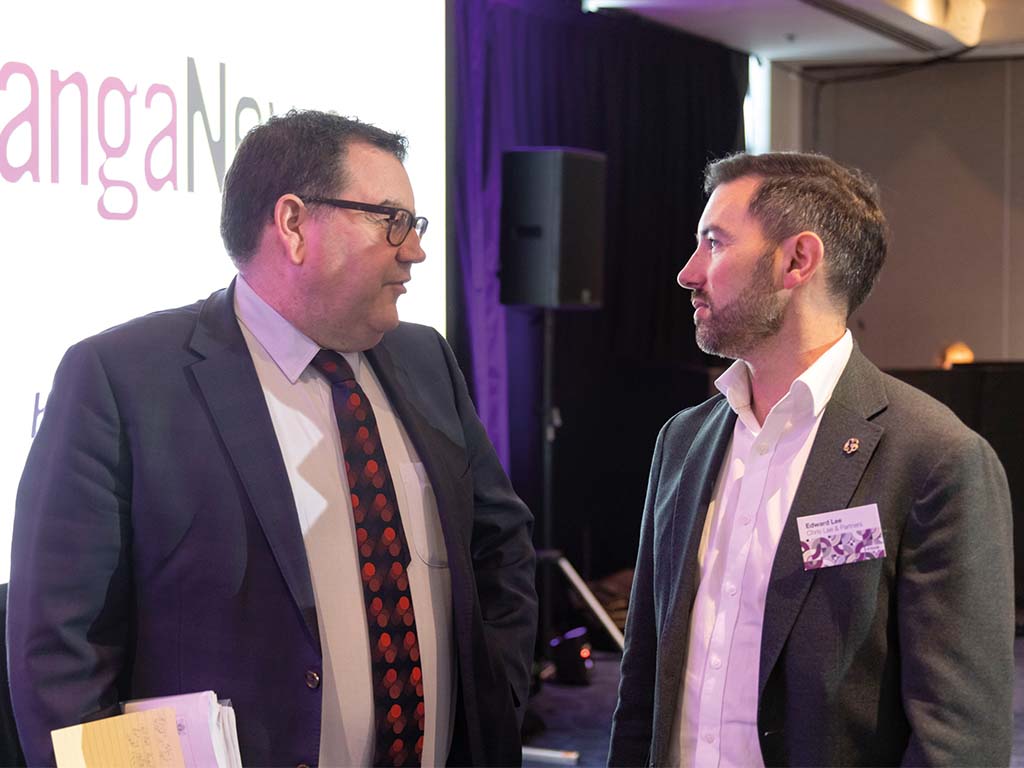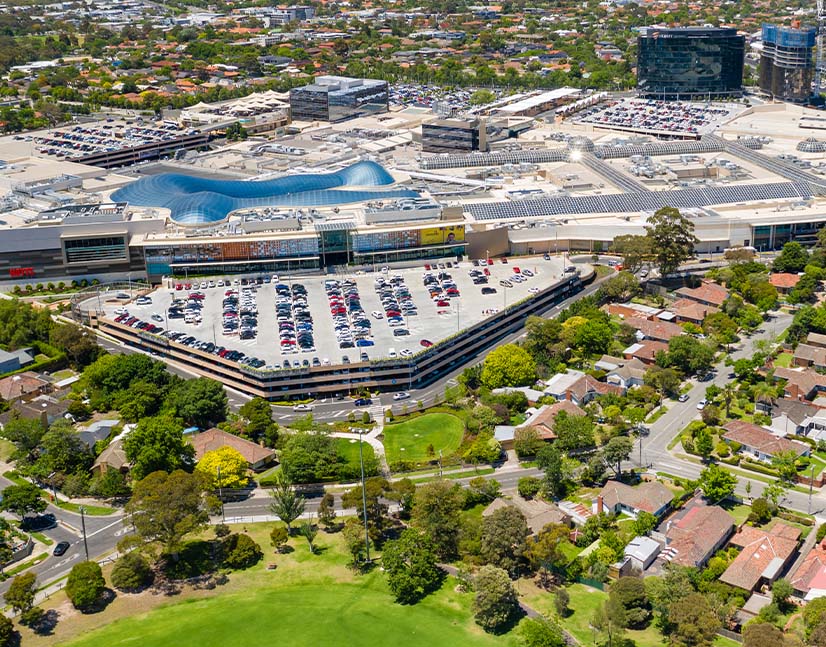
New Zealand reaches across-the-board inflection points
The KangaNews New Zealand Debt Capital Market Summit took place in Auckland in September, at a critical juncture for all of the local political, economic, market and environmental transition stories. Conversations at the conference were more wide-ranging than ever, with contributions from the political, business and markets sectors at a moment when the agenda for the coming years is being formed in real time.
“Liquid markets are necessary to support New Zealand’s economic growth and, as kaitiaki or guardian of the financial system, the reserve bank has an interest in seeing the breadth and depth of markets improve over time. This doesn’t mean that we would sacrifice financial stability for market liquidity, but it does mean that we recognise there are trade-offs in seeking to strengthen funding liquidity – and we want to avoid unnecessary adverse impacts on market liquidity.”
“Larger liquidity buffers for banks require them to hold larger portfolios of qualifying liquid assets. Securities that are held in banks’ liquid asset portfolios become securities that are not turning over as frequently in the market. This can lead to the somewhat paradoxical conclusion that the more liquid assets banks hold, the less liquid, at the margin, those particular assets become.”
“It has been pretty apparent over the past three years, in particular since COVID-19, that the number of participants in the New Zealand market has fallen – especially interbank. About five banks do 80 per cent of government bond turnover, so liquidity will inevitably be challenging. Banks also cannot take as much risk as they used to, especially when volatility rises – we actually have to take less risk when ideally we need to take more risk to support market functionality.”
“The depth and breadth of the market is more important than the number of market makers. Offshore investors are happy if local balance sheets and funds hold bonds, and domestic investors are happier if there is a good offshore holding. Everyone wants to know there is somewhere – someone else – to sell to.”
“Bank prudential books play a significant role in LGFA syndications – and we have undertaken syndications since 2019, covering more than half our issuance. Bank balance sheets take, on average, 45 per cent of each syndication, display price leadership and tend to sell down holdings over time – they end up holding around 25 per cent of our bonds. If we lose this bid at syndication it will have a major impact on our liquidity and turnover.”
“Basel III says liquid assets need to be traded in large, deep markets characterised by a low level of concentration risk, and have a proven record as a reliable source of liquidity even during stressed market conditions. This is a great test, but we have to ask how many, and which, securities in New Zealand may actually meet this requirement"
“Real interest rates are not particularly high and financial conditions are not particularly tight in historical terms, while core inflation is sticky. This provides ground to think rate hikes may not be done. We don’t normally still think of economies as ‘hot’ after 400 basis points of rate hikes. But central banks are now in the tricky territory of figuring out data lags. It is not an easy job.”


“There is a lot of debate about the neutral cash rate at the moment and the RBNZ has been revising its estimate up. But it still considers the neutral rate to be around 150 basis points lower than it was in 2007 – which seems a bit on the low side given how high inflation has averaged over recent years. This is part of the reason why we think the OCR hasn’t peaked yet.”
“Some countries are proving to be surprisingly resilient to the rising interest rate environment and even some parts of China are holding up – things like hard commodities and expectations of tourism coming from China. There is also always the possibility of a huge Chinese stimulus. We need to be careful not to place too much weight on one issue in an environment where inflation is quite sticky and should still be the main focus.”
“We tend to look at China bilaterally – what we export, what the prices will be – but this is the wrong way of doing it. The bigger issue is what a slowdown in China means for the whole world. As an open economy, we are going to get hammered in all directions with impacts far greater than what we do with China directly.”


“Buying a new car is discretionary to some extent – more so than maintaining payments on an existing vehicle – so we are expecting some degree of downturn in credit demand. But it hasn’t come through yet. This may be related to the elevated level of migration, because everyone needs a car in New Zealand.”
“Strong asset performance to date has been underpinned by low unemployment, and we expect the unemployment rate to rise toward 5 per cent next year – which implies more pain to come. However, we have also been surprised by the resilience in the business loan sector: we would have expected SMEs to be more heavily affected by the change in household spending patterns in response to the higher rate environment.”
“Kauri securities have a potentially substantial impact across the market, particularly for cross-currency dynamics. The sooner we can get certainty on the role of Kauris after the LPR, the better. Another dynamic that is relevant already is NZGBs: they are very cheap at the moment, on a historical basis, so if the assumption is that bank liquid asset portfolios are likely to need to hold more of them it makes sense to begin the transition.”
“We will prioritise investment in infrastructure from our own capital but we are also going to work with the private sector to use innovative funding and financing to get big projects on the road. An example is the New Zealand Super Fund, which has indicated its willingness to invest in major infrastructure projects if the Crown provides revenue mechanisms.”


“We are truly the most sustainable producer of food in the world – and if we don’t hang on to this, we are in serious trouble as a country. We can’t afford to be a fast follower when it comes to sustainability, including being able to talk about the climate impact of what we do and how we plan to reduce emissions. The people who buy New Zealand’s products want to know we are genuinely sustainable.”
“We are truly the most sustainable producer of food in the world – and if we don’t hang on to this, we are in serious trouble as a country. We can’t afford to be a fast follower when it comes to sustainability, including being able to talk about the climate impact of what we do and how we plan to reduce emissions. The people who buy New Zealand’s products want to know we are genuinely sustainable.”
“We need to decide how it is that New Zealand becomes more productive, closes the current account deficit, starts paying down debt and feels like a place that has some get up and go. If you dig a bit deeper into how we got here, part of the problem is that we have had a 30 per cent increase in per capita spending above inflation over the past six budgets.”
“Over the past four or five decades we have underinvested in just about every single category of infrastructure you can imagine, whether it is water, transport, energy or housing. There is a silver lining, ironically, because if we had made those investments we would have locked in high emissions and less resilient infrastructure than we have the opportunity to build now.”


“In early 2022, when we were exploring our recapitalisation, borders hadn’t reopened and our key funding objectives were volume and relatively low execution risk. The Australian dollar market offered both. When one is seeking to complete a sizable equity raise to restart an airline in parallel with debt financing, there is something to be said for ease of market access.”
“New Zealand issuers in the Australian dollar market are getting competitive pricing relative to other offshore opportunities, including euros and US dollar markets such as the US private placement market. The other favourable factors for Australia are the volume and tranche sizing that can be achieved. Deals of around A$200-300 million are typically in line with what most New Zealand corporates will be looking for.”


“I found engagement with Australian investors pretty good. They are really interested in the fact that we have a green financing framework and in the role of our transmission assets in enabling new renewable energy. Looking forward, given the AMTN market is popular with Asian investors, we would like to encourage them to participate as well.”
“Some of the bigger Australian super funds have increased allocations to fixed income recently and, at the same time, there has been a lack of issuance diversity domestically as new supply has been dominated by the government and bank sectors. My advice to New Zealand corporates considering issuing into the Australian market is to strike while the iron is hot, because Australian issuers won’t remain inactive for much longer.”
“Sitting behind the Net Zero Banking Alliance and climate-related disclosure obligations for banks is the fundamental idea that our customers’ transition risks are our own transition risks. A credible transition plan is a mitigant to this risk, which means there will be a continuing focus from banks on supporting customers with their transition plans.”


“Investors don’t really feel we are being rewarded for investing in climate-related opportunities at the moment. There are not enough meaningful metrics to entice us while some of the targets we have seen to date are not logical, or have been altered. Some issuers do not meet their targets anyway, or have chosen an inappropriate way to measure them. We want to see better and more meaningful objectives.”
“Less than 10 per cent of our current NZ$9.3 billion expenditure pool relates directly to adaptation. We expect this to increase, but defining which expenditure relates to adaptation is not black and white. For example, how do we define whether rebuilding infrastructure damaged by a weather event meets the criteria for adaption expenditure or is just building a road? Demonstrating increased resilience in response to climate events is an area where guidance is still developing globally.”
“Investor interest in our most recent couple of transactions definitely moved to green and ESG questions and away from the broader strategy and risk of the company. I can only see this increasing. From our perspective, we are aware that we have been heavily focused on environmental issues but we want to add focus on social and governance, too.”

HIGH-GRADE ISSUERS YEARBOOK 2023
The ultimate guide to Australian and New Zealand government-sector borrowers.

nonbank Yearbook 2023
KangaNews's eighth annual guide to the business and funding trends in Australia's nonbank financial-institution sector.

WOMEN IN CAPITAL MARKETS Yearbook 2023
KangaNews's annual yearbook amplifying female voices in the Australian capital market.











